Enjoy reading the latest Hot articles in RSC Advances from the Medicinal category – free to access until the 7th August 2013!
| De novo design of immunoreactive conformation-specific HIV-1 epitopes based on Top7 scaffold Isabelle F. T. Viana, Thereza A. Soares, Lucianna F. O. Lima, Ernesto T. A. Marques, Marco A. Krieger, Rafael Dhalia and Roberto D. Lins RSC Adv., 2013, 3, 11790-11800, DOI: 10.1039/C3RA41562G |
|
| Radio-opaque theranostic nanoemulsions with synergistic anti-cancer activity of paclitaxel and Bcl-2 siRNA Mi Hwa Oh, Jee Seon Kim, Jeong Yu Lee, Tae Gwan Park and Yoon Sung Nam RSC Adv., 2013, Advance Article, DOI: 10.1039/C3RA40883C |
|
| Pore size-optimized periodic mesoporous organosilicas for the enrichment of peptides and polymers Kun Qian, Fang Liu, Jie Yang, Xiaodan Huang, Wenyi Gu, Siddharth Jambhrunkar, Pei Yuan and Chengzhong Yu RSC Adv., 2013, Advance Article, DOI: 10.1039/C3RA41332B |
|
| Nucleobase-grafted polycaprolactones as reversible networks in a novel biocompatible material I.-Hong Lin, Chih-Chia Cheng, Cheng-Wei Huang, Mei-Chih Liang, Jem-Kun Chen, Fu-Hsiang Ko, Chih-Wei Chu, Chih-Feng Huang and Feng-Chih Chang RSC Adv., 2013, Advance Article, DOI: 10.1039/C3RA41412D |
|
| Molecular docking, design, synthesis and antifungal activity study of novel triazole derivatives containing the 1,2,3-triazole group Shichong Yu, Lunuan Wang, Yanwei Wang, Yang Song, Yongbing Cao, Yuanying Jiang, Qingyan Sun and Qiuye Wu RSC Adv., 2013, Advance Article, DOI: 10.1039/C3RA41310A |
|


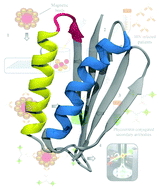
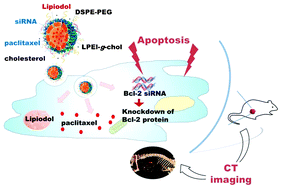
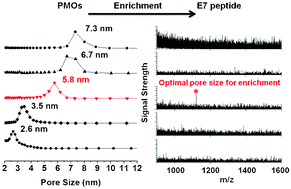
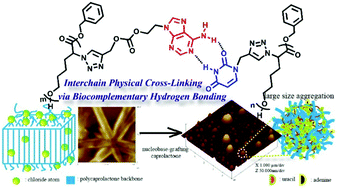
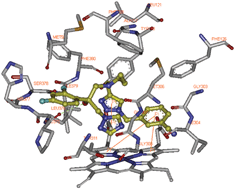









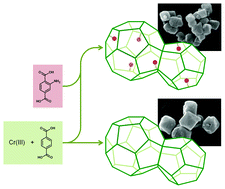
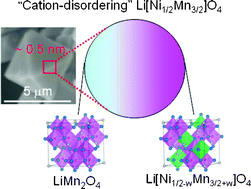
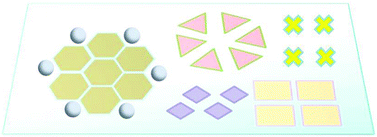

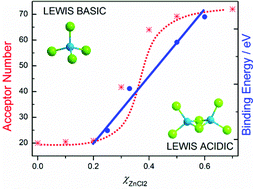
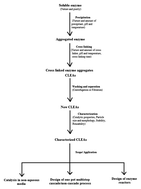
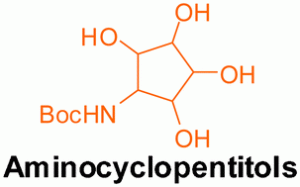
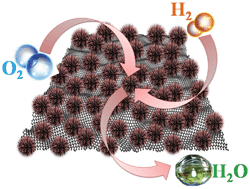
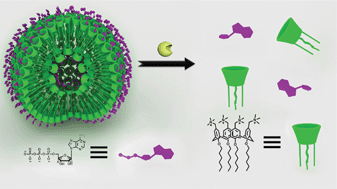
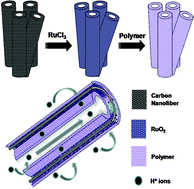
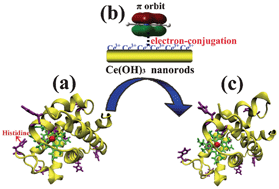
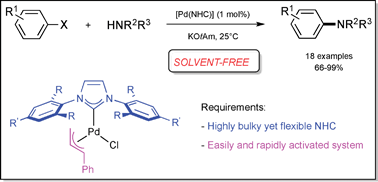
 Genes for two growth factors are encapsulated within the nanoparticles: bone morphogenetic protein 7 (BMP-7), which stimulates bone-forming cells, and vascular endothelial growth factor (VEGF), which induces the growth of blood vessels for bone-cell nutrition. Following injection, the nanoparticles are taken up by the surrounding cells, where the acidic conditions of the lysosomes dissolves the calcium phosphate and releases the DNA. These transfected cells then produce the growth factors that accelerate bone growth and reduce the amount of time a patient is immobile. Epple expects a long-lasting stimulatory effect that will aid growth over the months and years required for bones to heal fully, preventing the need for multiple injections.
Genes for two growth factors are encapsulated within the nanoparticles: bone morphogenetic protein 7 (BMP-7), which stimulates bone-forming cells, and vascular endothelial growth factor (VEGF), which induces the growth of blood vessels for bone-cell nutrition. Following injection, the nanoparticles are taken up by the surrounding cells, where the acidic conditions of the lysosomes dissolves the calcium phosphate and releases the DNA. These transfected cells then produce the growth factors that accelerate bone growth and reduce the amount of time a patient is immobile. Epple expects a long-lasting stimulatory effect that will aid growth over the months and years required for bones to heal fully, preventing the need for multiple injections.